Point Blank (1967 film)
8.2 /10 1 Votes
97% Rotten Tomatoes Country United States | 7.4/10 IMDb 3/4 Roger Ebert Genre Action, Crime, Drama Duration Language English | |||||||||||||||||||||||||||||||||
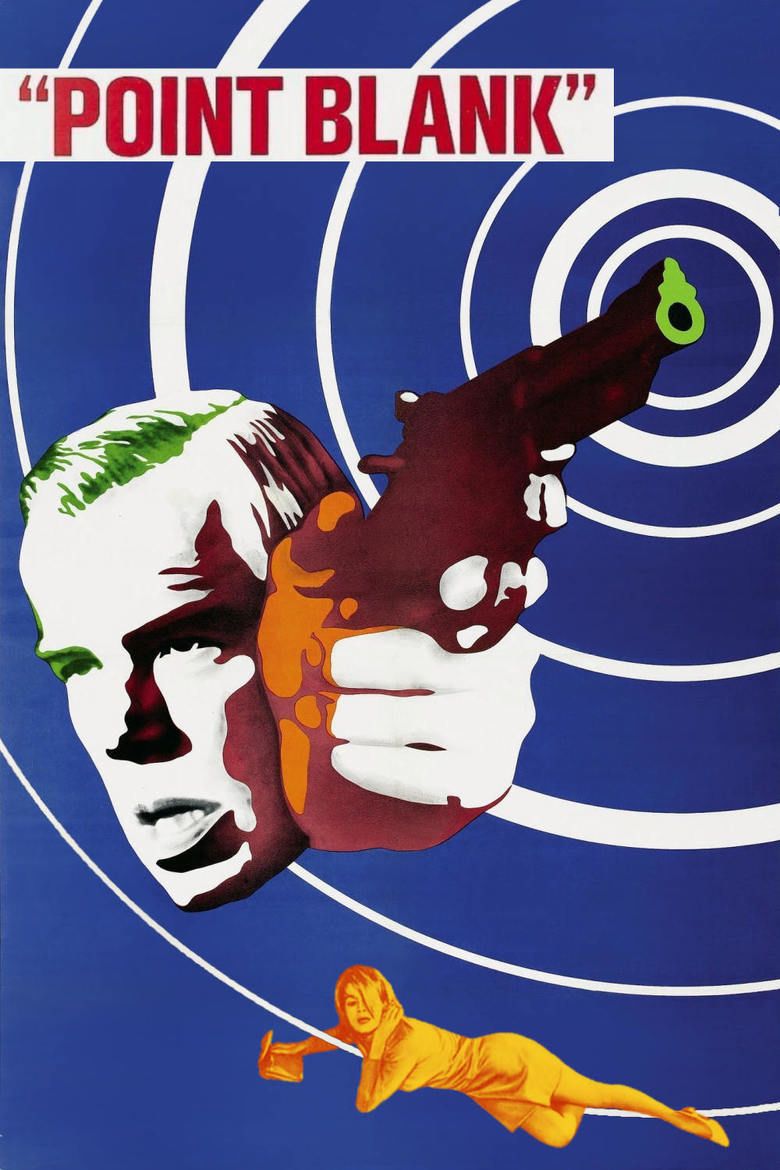 | ||||||||||||||||||||||||||||||||||
Release date August 30, 1967 (1967-08-30) (US) Writer Alexander Jacobs (screenplay), David Newhouse (screenplay), Rafe Newhouse (screenplay), Donald E. Westlake (novel) Screenplay Alex Jacobs, David Newhouse, Rafe Newhouse Cast (Walker), (Chris), (Yost), Carroll O'Connor (Brewster), (Frederick Carter), (Stegman)Similar movies Salt , Looper , Mad Max: Fury Road , John Wick , Furious 7 , The Dark Knight Tagline There are two kinds of people in his up-tight world: his victims and his women. And sometimes you can't tell them apart. | ||||||||||||||||||||||||||||||||||
Point blank 1967 official trailer lee marvin angie dickinson movie hd
Point Blank is a 1967 American neo-noir crime film directed by John Boorman, starring Lee Marvin, co-starring Angie Dickinson, Keenan Wynn and Carroll O'Connor, and adapted from the 1963 crime noir pulp novel The Hunter by Donald E. Westlake, writing as Richard Stark. Boorman directed the film at Marvin's request and Marvin played a central role in the film's development. The film was not a box-office success in 1967, but has since gone on to become a cult classic, eliciting praise from such critics as film historian David Thomson.
Contents
- Point blank 1967 official trailer lee marvin angie dickinson movie hd
- Point blank 1967 trailer
- Plot
- Production
- Box office
- Critical
- Themes
- Style
- Legacy
- Influence
- References
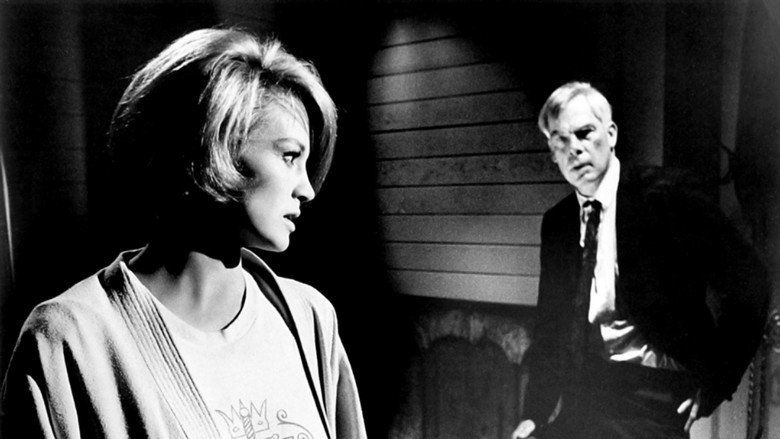
In 2016, Point Blank was deemed "culturally, historically, or aesthetically significant" by the United States Library of Congress, and selected for preservation in its National Film Registry.
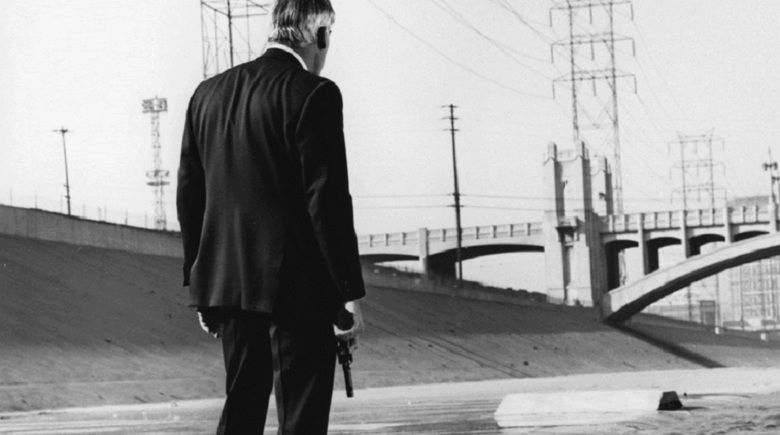
Point blank 1967 trailer
Plot

Walker works with his friend Mal Reese to steal a large amount of cash from a courier transporting funds for a major gambling operation, with the deserted Alcatraz Island as a drop point. Reese then double-crosses Walker and shoots him, leaving him for dead. Reese also makes off with Walker's wife, Lynne.
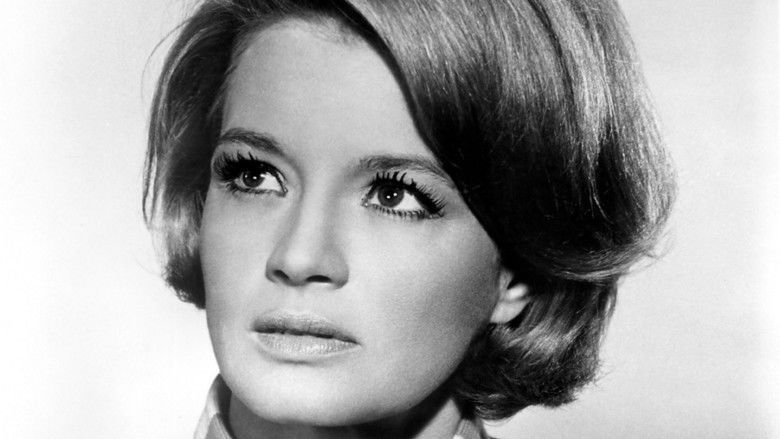
Walker recovers. With assistance from the mysterious Yost, who seems to know everything about everybody, Walker sets out to find Reese, take his revenge, and recover the $93,000 he is owed. Reese used all of the money from the job to pay back a debt to a crime syndicate called "The Organization" and get back in its good graces.
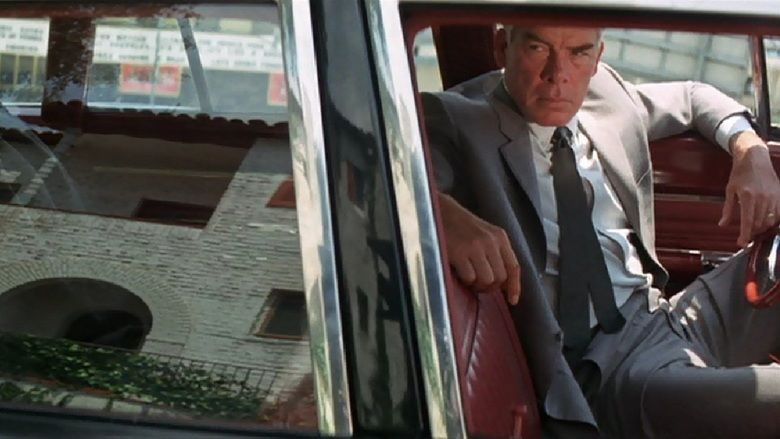
With memories of happy times together, Walker goes to Los Angeles to pay back his wife and his best friend for their treachery. He bursts in on Lynne and riddles her bed with bullets, just in case Reese is in it. A distraught Lynne tells him she no longer wants to live, then takes an overdose of pills.
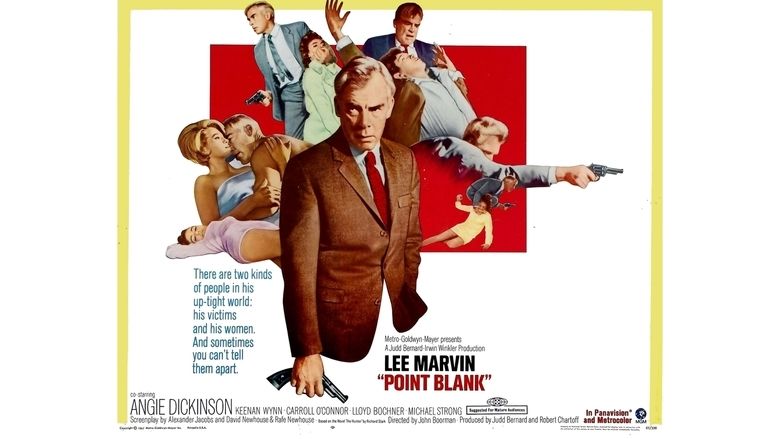
Walker is told that a car dealer named Stegman might know where Reese can be found. He takes Stegman for a wild ride in one of his new cars, smashing the car and terrorizing him until Stegman reveals where Reese is living. He is told that Reese has now taken up with Walker's sister-in-law, Chris.
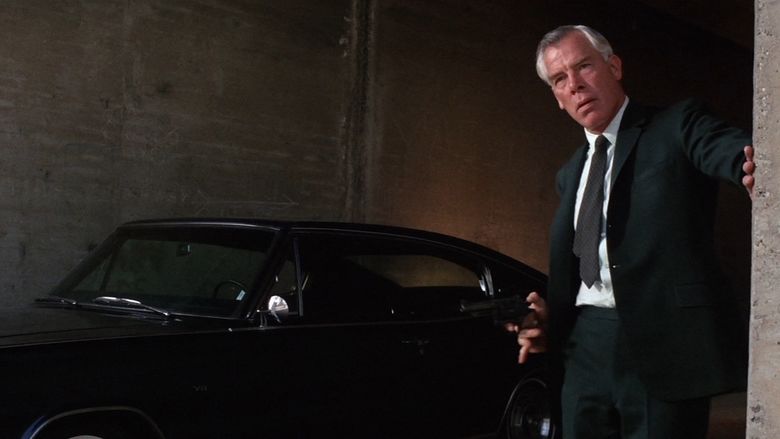
Breaking in on Chris, he learns that she actually despises Reese and had considered Walker the best thing ever to happen to her sister. Willing to help in any way, Chris agrees to a sexual tryst with Reese inside his heavily guarded penthouse apartment just so she can gain access and unbolt a door for Walker. Walker ties up some men in an apartment across from the penthouse and has a call made to police to report a robbery, creating a diversion that enables him to slip into the penthouse.
With a gun to Reese's head, Walker persuades him to give up the names of his Organization superiors – Carter, Brewster, and Fairfax – so he can make somebody pay back his $93,000. He then forces a naked Reese off the balcony and watches him plunge to his death.
After next confronting Carter for his money, Walker is set up. A hit man with a high-powered rifle is assigned to kill him at a money-drop in a storm-drain river bed. Walker sees to it that Carter and Stegman are the ones who get shot.
Yost takes him to a home belonging to Brewster. Walker visits Chris in her apartment, which has been trashed by The Organization. He brings her with him to the home belonging to Brewster, claiming she will be safer with him than by herself. Walker waits for Brewster to return there. Angry at Walker's apparent disinterest in her, Chris slaps and punches him as he regards her impassively, not defending himself. Then they make love. The following morning, Brewster comes home and is ambushed by Walker, who demands his money. Brewster insists that no one will pay. Walker forces Brewster to make a phone call to The Organization to get his money. Brewster speaks with a Mr. Fairfax, telling him that if they do not pay the money, he is going to be shot. Fairfax refuses to pay, though, saying, "Threatening phone calls don't impress me." Walker then shoots the phone. Brewster says that they can still get him the money in San Francisco through "The Alcatraz Run" in which large sums of money change hands. "The drop has changed, but the run is still the same," explains Brewster.
They travel to Fort Point in San Francisco. Walker does not trust him and refuses to show himself. Brewster receives the money by a courier in a helicopter. The hit man is also in the darkness with his rifle. He shoots Brewster, who falls to the ground thinking Walker shot him. Yost emerges from the shadows, telling him that it was not Walker who shot him. Brewster calls out to Walker, "This is Fairfax, Walker! Kill him!"
Yost/Fairfax thanks Walker (who is still hiding in the darkness) for eliminating his dangerous underlings, telling him: "Our deal's done, Walker. Brewster was the last one." He then offers him an enforcer job, claiming he has looked for a man like him for years. Walker remains silent and does not bother collecting the money. Yost/Fairfax and the hit man leave.
Production
Director Boorman met Marvin while on the set of The Dirty Dozen in London. Boorman and Marvin talked about a script based on the book The Hunter. Both hated the script, but loved the main character of Walker. When they agreed to work on the film, Marvin discarded the script and called a meeting with the head of the studio, the producers, his agent, and Boorman. As Boorman recalled, "[Marvin] said, 'I have script approval?' They said 'yes'. 'And I have approval of principal cast?'. 'Yes'. He said, 'I defer all those approvals to John [Boorman].' And he walked out. So on my very first film in Hollywood, I had final cut and I made use of it."
The unusual structure of the film was due in part to the original script and developments during the course of shooting the film. Rehearsals took place at Marvin's house in Los Angeles. On the rehearsal day in which Marvin was to ask Sharon Acker what happened to the money, Marvin did not say his lines, forcing Acker to continue the conversation on her own. "I saw right away he was right," replied Boorman, "Lee never made suggestions. He would just show you." So Boorman changed the lines in the script so that Acker would essentially ask and answer Marvin's questions, and the result is in the finished film. "It made a conventional scene something more," added Boorman.
This was the first film ever to shoot at Alcatraz, the infamous prison which had been shut down since 1963, only three years before the production. Two weeks in the abandoned prison facility required the services of 125 crew members. While Marvin and Wynn enjoyed shooting on location, Wynn was concerned about the weather and the need to loop half the dialogue. During the shoot, Angie Dickinson and Sharon Acker modeled contemporary fashions for a Life magazine exclusive against the backdrop of the prison. Acker was accidentally hurt by the blanks that Vernon used to shoot at Marvin early in the film.
Director Boorman chose locations that were "stark". For example, the airplane terminal walkway down which Marvin walked originally had flower pots lining the walls. Boorman had the pots taken out to "make it all bare."
After Boorman showed the finished cut to executives, they were "very perplexed and mumbling about reshoots". Margaret Booth, a legendarily tradition-minded supervising editor then working for the studio, told Boorman as the execs filed out, "You touch one frame of this film over my dead body!"
Box office
The film earned $9 million during its initial release.
Critical
In her 1967 New Yorker review of Bonnie and Clyde, Pauline Kael wrote: "A brutal new melodrama is called Point Blank, and it is." Kael later called the film "intermittently dazzling". Roger Ebert gave the film three out of four stars and said, "as suspense thrillers go, Point Blank is pretty good." Leonard Maltin gave the film three and a half stars: "Taut thriller, ignored in 1967, but now regarded as a top film of the decade."
Slant reviewer Nick Schager notes in a 2003 review: "What makes Point Blank so extraordinary, however, is not its departures from genre conventions, but Boorman's virtuoso use of such unconventional avant-garde stylistics to saturate the proceedings with a classical noir mood of existential torpor and romanticized fatalism."
The film has a 97% fresh rating on Rotten Tomatoes.
Themes
Viewers and critics have often questioned whether or not the film is really a dream that Walker has after he is shot in the very beginning. Director Boorman claims to not have an opinion on the matter. "What it is is what you see," responded Boorman. Steven Soderbergh has described Point Blank as "memory film" for Marvin. Boorman believes the film is about Lee Marvin's brutalizing experiences in World War II, which dehumanized him and left him desperately searching for his humanity.
Critic David Thomson has written that the character of Walker is actually dead throughout the entire movie and the events of the film are a dream of the accumulating stages of revenge. Others have also considered this concept: Brynn White has questioned whether or not Walker is a mortal or a ghost, "a vaporous embodiment of bitter vengeance barely clinging to Boorman’s variegated frames", and Boorman himself has commented: "He could just as easily be a ghost or a shadow". Some critics consider Point Blank, "a haunted, dream-like film that draws upon the spatial and temporal experiments of modernist European art cinema", especially the "time-fractured" films of French director Alain Resnais.
Style
Point Blank combines elements of film noir with stylistic touches of the European nouvelle vague. The film features a fractured time-line, disconcerting narrative rhythms (long, slow passages contrasted with sudden outbursts of violence) and a carefully calculated use of film space (stylized compositions of concrete riverbeds, sweeping bridges, empty prison cells). Boorman credits Marvin with coming up with a lot of the visual metaphors in the film. Boorman said that as the film progressed, scenes would be filmed monochromatically around one particular color (the chilly blues and grays of Acker's apartment, Dickinson's butter yellow bathrobe, the startling red wall in Vernon's penthouse) to give the proceedings a "sort of unreality".
To establish Walker's mythic stature, Soderbergh noted in the commentary that the film cuts from a shot of Walker swimming from Alcatraz to a shot of him on a ferry overlooking the same island while a woman on the loudspeaker describes the impossibility of leaving the island. Soderbergh said that this contrast of the character's ease of escape with the loudspeaker's monologue makes the Walker character "mythic immediately."
Legacy
Point Blank is hailed in the book 1001 Movies You Must See Before You Die as "The perfect thriller in both form and vision." Film historian David Thomson calls the film a masterpiece. Thomson adds, "[...] this is not just a cool, violent pursuit film, it is a wistful dream and one of the great reflections on how movies are fantasies that we are reaching out for all the time—it's singin' in the rain again, the white lie that erases night." Director Steven Soderbergh has said that he used stylistic touches from Point Blank many times in his filmmaking career.
The Hunter was also the basis for Brian Helgeland's Payback (1999), starring Mel Gibson. Director Boorman has joked that Payback was so bad that Gibson must have taken the original script for Point Blank that Boorman and Marvin had thrown out.
Influence
On March 29, 1968, Point Blank was screened at Cinelândia movie theaters to protest the murder of 18-year-old high school student Edson Luís de Lima Souto by the military police of Rio de Janeiro. Souto was shot at point-blank range. Phrases such as "Do bullets kill hunger?", "Old people in power, young people in coffin", and "They killed a student... what if it was your son?" were written by protesters in the movie posters. The aftermath of Souto's death was one of the first major public protests against the Brazilian military government.
References
Point Blank (1967 film) WikipediaPoint Blank (1967 film) IMDbPoint Blank (1967 film) Rotten TomatoesPoint Blank (1967 film) Roger EbertPoint Blank (1967 film) themoviedb.org
